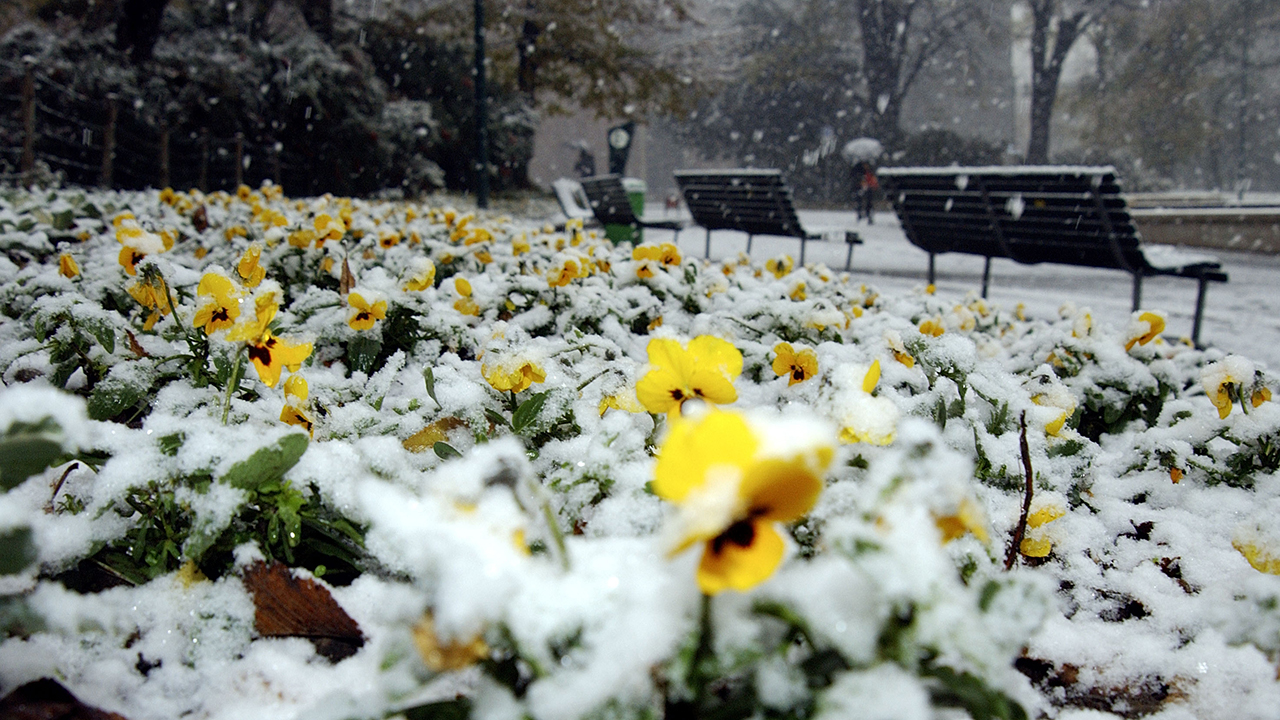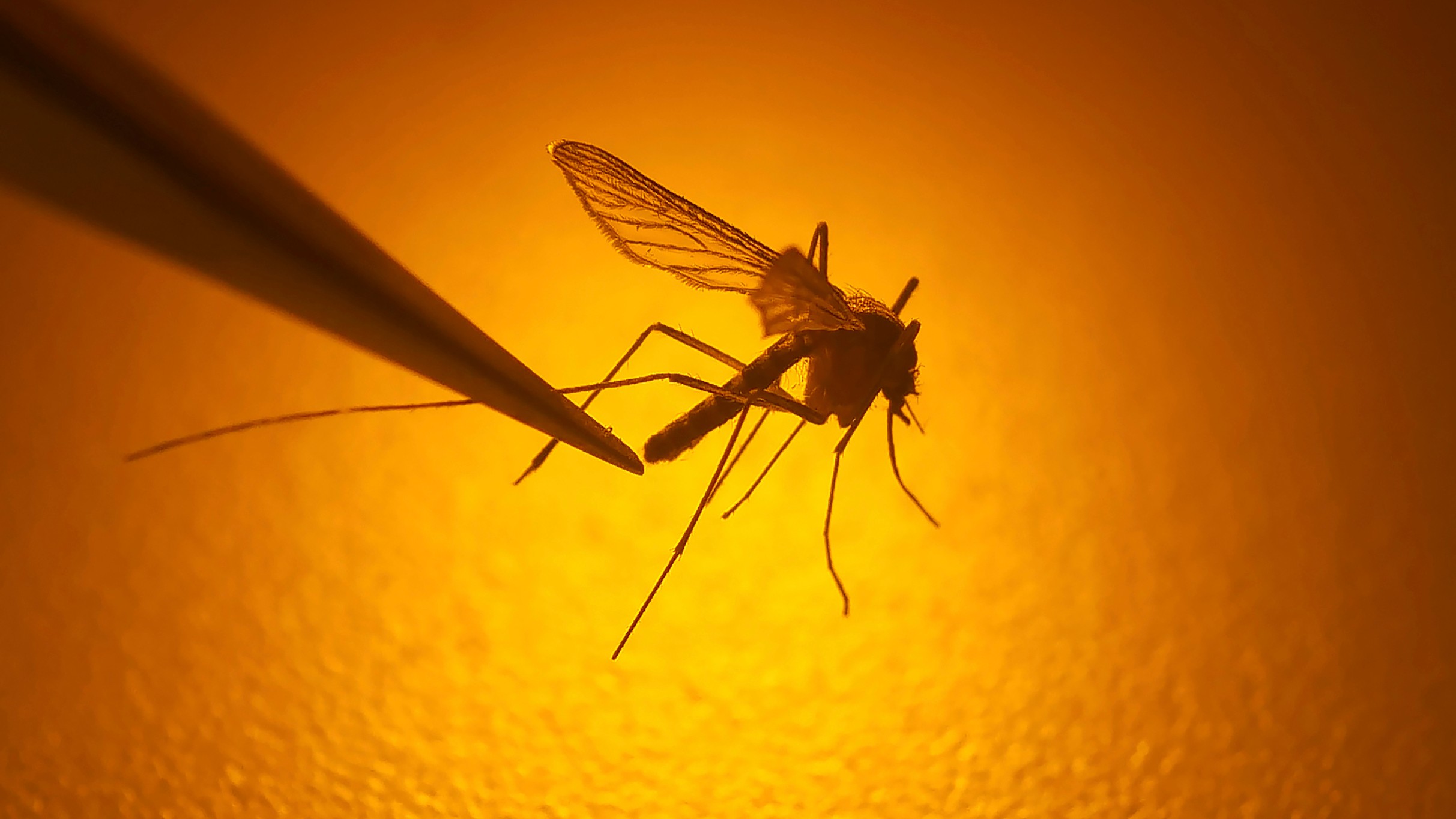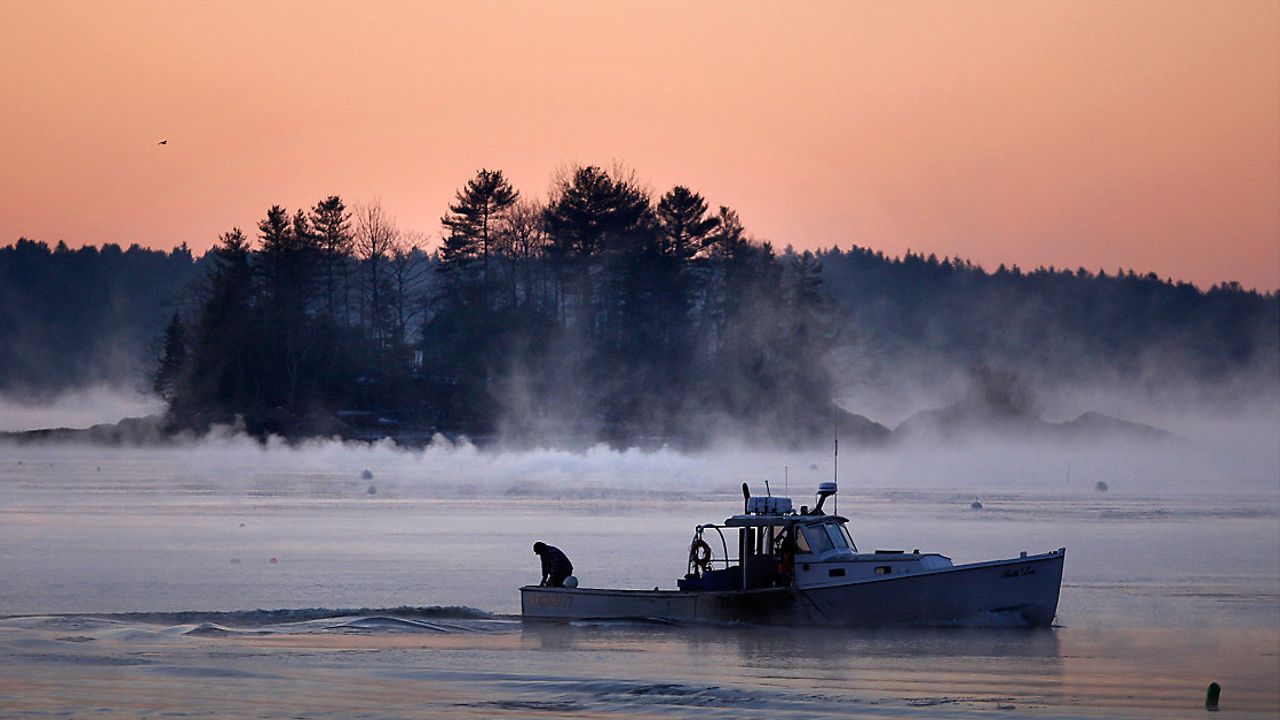There's no doubt that January 2022 started colder and snowier when compared to the last month of 2021. After a very mild December, winter has certainly arrived, with below-average temperatures blanketing much of the eastern half of the country.
But the long-range outlook for the middle and end of winter has many of us well above average. If that holds true, there are several "repercussions" of a milder winter.
What You Need To Know
- Even with cold and snow in the forecast, we've seen milder winters
- Warmer temperatures affect plants, animals and insects within our ecosystem
- Milder winters negatively affect businesses like ski resorts that rely on a typical season
- Climatologists continue to study the effects, causes and implications of above average winters
Even with some snow and cold, a prolonged period of above average temperatures can and will affect winter fruits and vegetables grown and shipped around the country and the world.
Many crops need what is known as "chill hours", which is the amount of chilling received by a plant at 45 degrees.
Many colder-weather crops need a certain amount of time in colder temperatures to pollinate. These include walnuts, pistachios, peaches and even grapes that specifically are used to make wine.

This is especially a problem in the west, such as the fertile inland areas of California.
Warmer temperatures can create incomplete pollination or even stop the process altogether.
In southern areas, cold winter weather is essential for plants to set fruit. A recent example would be the peach crop in Georgia during the winter of 2016-2017.
During that season, the weather was too warm for the peaches to set, resulting in a 75-80% loss.
A warmer winter may also mean pesky and dangerous insects could stick around longer.
Prolonged cold and hard freezes often help control the bug population that seems to explode in the spring when the typical mild air arrives. With milder temperatures during the winter, bugs like mosquitos may stick around longer, biting us earlier in the season.
This increases the chances of contracting diseases and getting sick.

While it's true that areas such as south Florida see mosquitos year-round, when the weather is warmer in other parts of the country, they can thrive.
Ticks are another dangerous insect that usually has their population controlled by the colder winter temperatures. Increase the average high during the coldest months, and they have more of a chance to infect animals and humans.
East coast states such as Maine have noted a vast increase in tick-related bites and hospitalizations due to warmer winters in the last few years.
Perhaps most important for the survival of plants and animals is the fact that the overall warmer weather has led to plants flowering and pollinating before the pollinators are available to do their job.
Abnormal warmth can even send birds back north to areas that don't have food (bugs) available in abundance to eat just yet, often leading to starvation.
It's no secret that many businesses that thrive in the winter need colder temperatures to operate.
Ski resorts, for example, have struggled in the recent warmer seasons to keep up with the man-made snow and attract visitors.
It's a trickle-down effect that can put local restaurants, shops and hotels in the red when the temperatures are too warm.
In the Adirondacks, the cold, snow and winter temperatures account for more than 30% of the economy.
Without those tourist dollars, many businesses have struggled or even closed.
As temperatures continue to rise globally, we must talk about the effects that they may have on the human body.
Cold, average winter temperatures in areas used to the cold are key in killing viruses and regulating allergies.
Think about how much you may suffer through springtime allergies for a month, two or three. Now prolong that, and/or make it earlier, and you're affecting millions of people.
Those with severe allergies may seek their doctor, overwhelming a health system already at capacity during the pandemic.
The bottom line is that while we will experience cold, freezing weather and snowy days, the overall global temperatures keep increasing and the winter season is shrinking and having less impact.
Meteorologists are conducting more studies, and climatologists are trying to determine the extent of the possible damage and what to do to help those areas impacted.
As a society, we must continue to think of different ways to adapt and seize opportunities to help reduce any further human-caused climate change that may further increase our temperatures.





